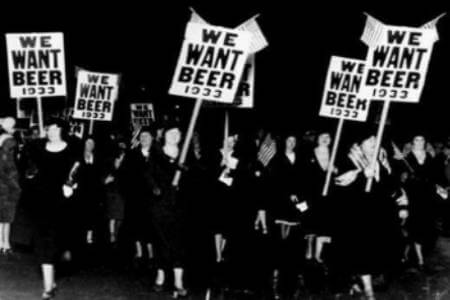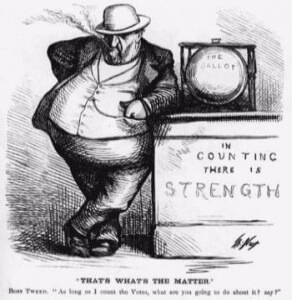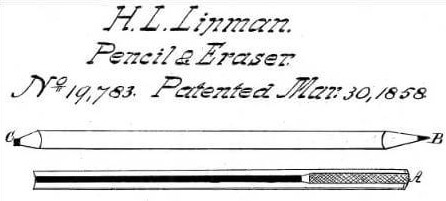April 6 is New Beer’s Eve
April 6th, 1933, is known in the U.S. as New Beer’s Eve because it was the last night that Prohibition kept citizens from freely enjoying a glass of beer.

On January 16, 1919, the 18th amendment to the U.S. Constitution was ratified. It stated:
After one year from the ratification of this article the manufacture, sale, or transportation of intoxicating liquors within, the importation thereof into, or the exportation thereof from the United States and all the territory subject to the jurisdiction thereof for beverage purposes is hereby prohibited.
Prohibition initially had broad public support. The temperance movement, in existence since 1784, contended that drunkenness caused immoral behavior, spousal abuse, parental neglect and chronic unemployment. An especially compelling argument arose during World War I when groups stated that the barley used to brew beer should have been used to bake bread to feed the troops.
The amendment did not make the drinking of alcohol illegal. Stockpiles amassed before enactment, which could be quite massive in the case of wealthy people with large wine cellars or warehouses, were permitted for personal use. Fruit beverages fermented in the home were allowed as was any liquor used expressly for medicinal, sacramental or industrial purposes. Suddenly, doctors began writing prescriptions for whiskey cures.
The denatured alcohol used by American industries was treated with poisonous chemicals to make it unsafe to drink, thereby avoiding the excise tax on spirits. It’s almost impossible to separate with modern distillation equipment, let alone the stills used in those days. Illegal bars called speakeasies created sweet concoctions like the Tom Collins and Whiskey Sour to mask the harsh taste. Some customers suffered permanent blindness, paralysis or death.
Prohibition inadvertently played a part in the ascendancy of organized crime. Bootleggers like Al Capone made enormous profits. The Mafia was able to consolidate its power in places like New York City and Chicago. Many began to accuse Prohibition of causing the very immorality it sought to defeat; it became, in essence, a cure worse than the disease.
By the time Franklin D. Roosevelt ran for president in 1932, his promise to repeal Prohibition was a popular one. Soon after his election, he passed a law declaring that as of April 7, 1933, states would be permitted to sell beer with its alcohol content limited to 3.2% by weight (4% by volume), as it was considered too low to be intoxicating. (We can only assume that chugging was not taken into account when reaching that conclusion.) After signing the legislation, Roosevelt supposedly remarked, “I think this would be a good time for a beer.”
Many Americans agreed, lining up on April 6th outside bars and breweries to wait until midnight, when they would be able to legally buy beer for the first time in more than 13 years. They must have looked a bit like shoppers impatient for stores to open their doors on Black Friday or the faithful queueing up in front of the Apple store before the latest iPhone launch. But way more fun.
On December 5, 1933, the 21st amendment to the U.S. Constitution was ratified. It is the only resolution to be passed using state ratifying conventions instead of state legislatures. Each state was given one up-or-down vote, circumventing the need to win a popular vote. It stands as the only amendment that has ever been passed to repeal an earlier one.
So raise a toast to President Roosevelt and have a happy New Beer’s Eve! (Pace yourself; tomorrow is National Beer Day.)
![]()





